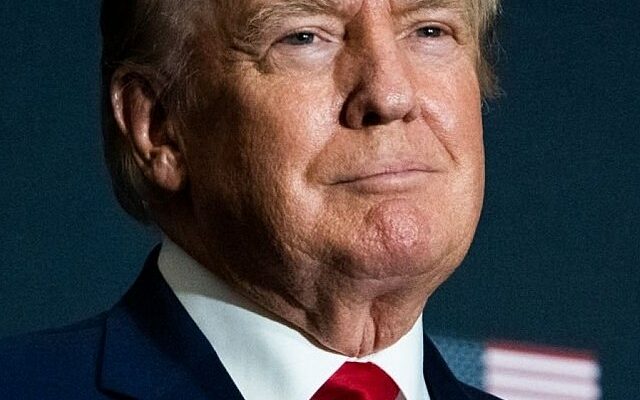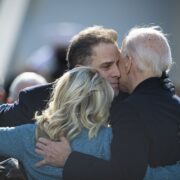
In a bold assertion of presidential authority, President Donald J. Trump has signed an Executive Order revoking collective bargaining rights for federal employee unions within several national security agencies. This marks a significant escalation in his administration’s broader conflict with organized labor in the federal workforce.
Invoking the Civil Service Reform Act of 1978, the order targets agencies deemed essential to national defense and public safety, including the Departments of Defense, Homeland Security, Energy, and Justice. It strips union protections from tens of thousands of federal workers, effectively removing union involvement from internal decision-making in agencies tied to border control, cybersecurity, public health, and national economic interests.
Politico writes that The order would eliminate collective bargaining rights from roughly 67 percent of the entire federal workforce and for 75 percent of workers who are already in a union, according to a report by Government Executive, a publication that covers the business of government primarily for an audience of senior bureaucrats.
The anti-unionization move comes amid a series of other efforts to drastically deplete the federal workforce and bring the bureaucracy under the strict control of the White House. The Trump administration is trying to fire tens of thousands of probationary federal employees, despite initial court rulings blocking the terminations. And many agencies are implementing massive “reductions in force.”
Federal employees’ unions have been at the forefront of legal challenges to many of Trump’s actions in the first two months of his term. They have filed lawsuits seeking to halt billionaire Elon Musk’s government-efficiency operation from accessing sensitive federal data; to block policies making it easier to fire government officials; and to reinstate thousands of fired federal workers, among others.
One major union for federal employees pledged to swiftly challenge Trump’s new executive order in court.
“President Trump’s latest executive order is a disgraceful and retaliatory attack on the rights of hundreds of thousands of patriotic American civil servants — nearly one-third of whom are veterans — simply because they are members of a union that stands up to his harmful policies,” American Federation of Government Employees President Everett Kelley said in a statement. “AFGE is preparing immediate legal action.”
The administration argues that labor negotiations have become a barrier to operational agility. According to the White House, union contracts have delayed the implementation of critical policies and constrained management authority. The order highlights specific examples: the CDC and FDA allegedly faced delays in pandemic response due to protracted bargaining obligations, and the Cybersecurity and Infrastructure Security Agency reportedly struggled to update cyber protocols under similar constraints. At Immigration and Customs Enforcement, union rules were said to block needed changes to cybersecurity policies. The Department of Veterans Affairs claimed union interference prevented full enforcement of the VA Accountability Act, leading to the reinstatement of employees terminated for misconduct or underperformance.
Though framed as a national security necessity, the Executive Order also carries overt political undertones. The administration accuses certain federal unions of mounting ideological opposition to Trump’s policy agenda. It singles out unions within the VA, alleging they filed more than 70 grievances since the start of Trump’s presidency. The order’s language paints these actions as deliberate resistance rather than routine labor activity.
However, the directive includes strategic exemptions. Law enforcement officers and firefighters retain their bargaining rights—a clear nod to public safety unions that have shown political support for Trump in the past.
The Executive Order’s legal viability remains uncertain and faces of court challenges, but it serves as evidence that Trump truly means what he said when he promised to shrink the size of the federal government.











